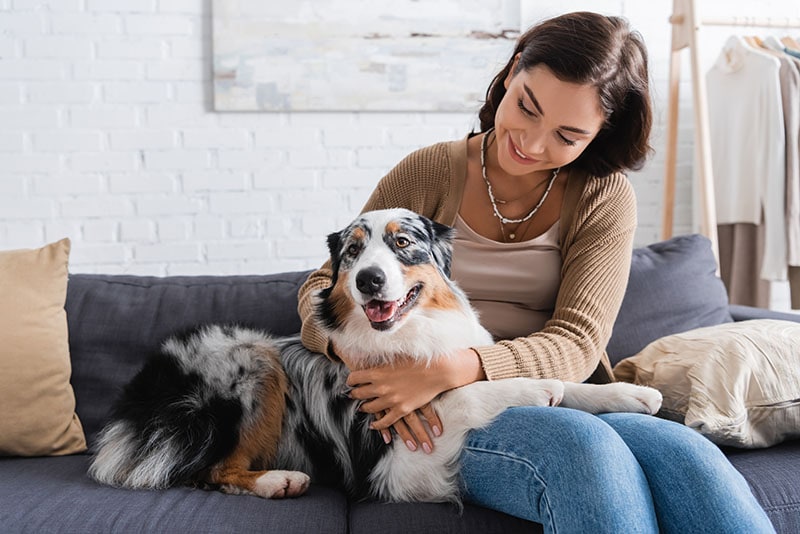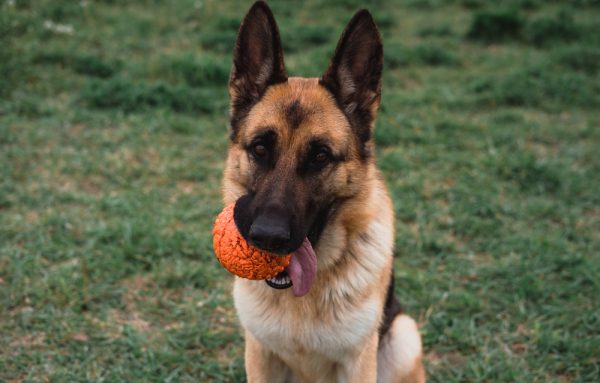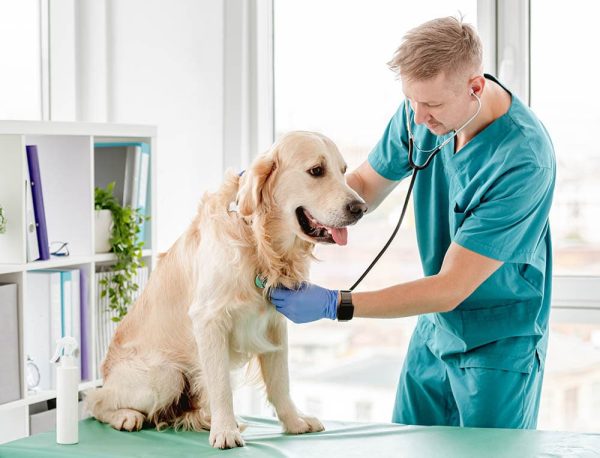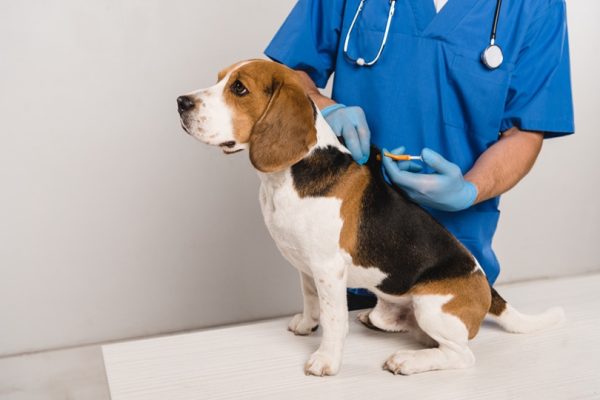In this article
For most pet parents, one dog is all they need. However, for some of us, even two pups aren’t enough. Owning multiple dogs can be a lot of work, yet it’s well worth it! You may be interested in learning how many canines you can legally own.
This depends on the city that you live in. Some towns only allow a person to own 2 to 3 dogs, while others say you’re free to have four. If you live in the countryside, there won’t be any legal restrictions regarding canine citizens. What penalties should you expect? How do you avoid them? Let’s dig a bit deeper and figure this out!

Dog Ownership: What You Need to Know
Animals in the US are considered personal property. That’s why you’re often asked to provide proof of ownership for the dog (or any other pet, for that matter). So, how does legal ownership work? The adoption record should be enough if you got the dog from a local shelter. Veterinary records can also help prove that you are the owner.
Or you can just take a short video that features you with the dog. These days, microchips and tags are becoming more popular since they make it easier to travel with pets. Dog owners should also realize that they’re responsible for any damages or injuries caused by their pets.
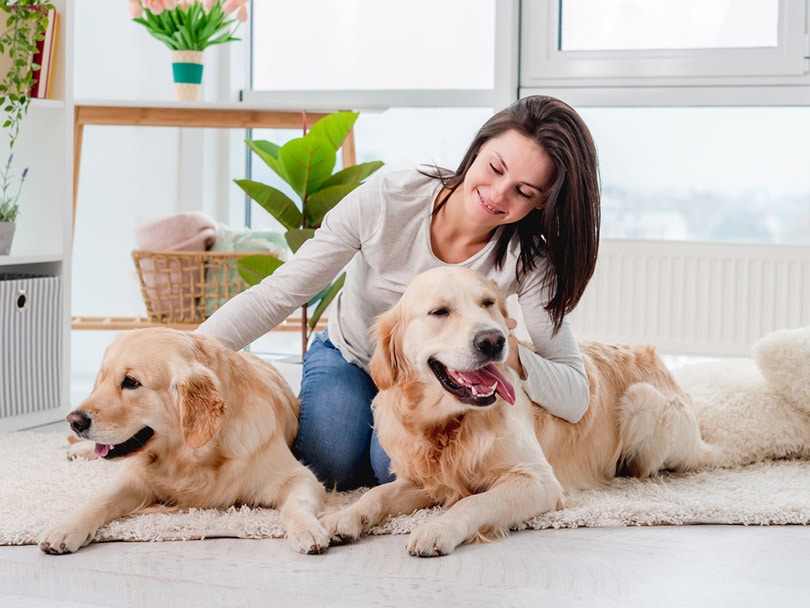
How Many Dogs Can One Person Legally Own?
For most states/jurisdictions, the number varies from two to four. If you have more than that, you will be required to get an animal permit from the local government. However, these rules don’t apply to pups that haven’t yet reached four months. Owners in rural areas don’t have to worry about the limits because the laws aren’t nearly as strict. As long as the dogs aren’t causing any trouble to your neighbors, there’s nothing to worry about. The same can’t be said about single-/double-family homes and commercial properties in cities.
- In Roeland Park (Kansas), you can only have two mature (six months or older) dogs. As for pups, if you have more than a litter, a permit will be required.
- In Oakland (California), dog dads and moms can legally have three mature canines.
- In Buffalo (New York), the laws are similar to Oakland. Three dogs is the maximum number. Going over that will automatically turn your house into a kennel.
How Much Does a License/Permit Cost?
Special permits for owning “extra” pets usually don’t cost more than $100. You can contact the local authorities to see how much you’ll have to pay to have more than four dogs in your house. Also, remember that animal licenses require regular inspections by city officials and additional rules.
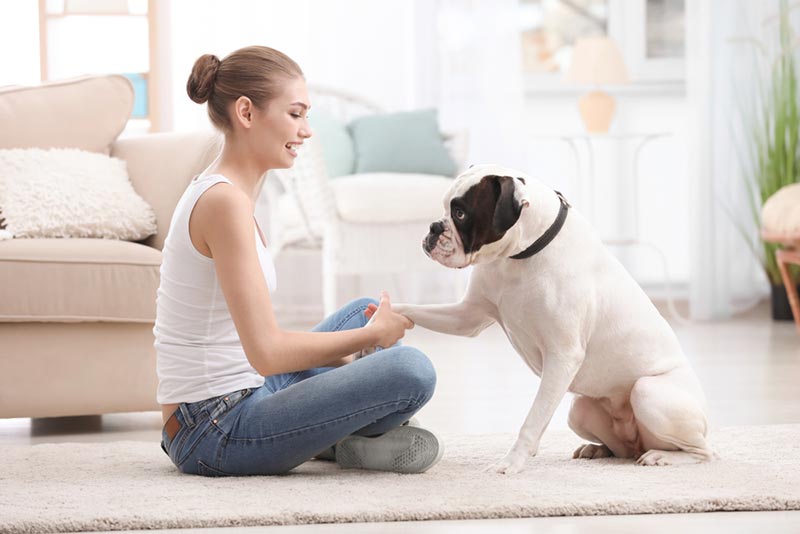
Are There Any Penalties Involved?
The short answer is yes, and the fines vary based on the city, state, and the number of violations. In Buffalo, you’ll be fined $15 for a first-time violation. If you’re caught for a second time, you’ll have to pay $25; a third violation costs $50. In Oakland, the penalties are more severe. First offenses are punishable by $50. A second offense will set you back $100; the third will cost $500.
In the worst-case scenario, you might even end up in jail! Can a dog owner challenge these fees? Technically, you have the right to challenge government-enacted ordinances. However, don’t expect the results to be in your favor. In most cases, if you take the case to court, the law won’t be on your side.
Why Do These Restrictions Exist?
In urban areas, dogs that lack obedience training can quickly become a nuisance. The noise and odors are usually the main reasons behind most complaints. Property damage is another big problem. If the dogs are overly aggressive toward the neighbors, that often leads to an unwanted escalation. A single dog can be controlled, but when there are more than a few, in the eyes of the city, they are dangerous.
Tips for Avoiding Lawsuits
Animal control representatives don’t go door-to-door checking how many dogs each family has. Instead, they react whenever a complaint is sent their way. So, always discuss potential issues with your neighbors to stay under the law’s radar. Train your dogs well, keep them on a leash, and make reasonable concessions to keep them out of trouble.

Dog Safety Rules for When You’re Away: A Quick Guide
Before you shut the front door and leave, here’s what you need to do:
- Keep food and garbage away. Curious dogs like to sniff around and explore the environment. More importantly, they might start poking through the garbage and eat something they shouldn’t. A lid with a latch on the bin hidden behind a cabinet door will prevent your dog from accessing it. Also, hide cleaning products and cover all the electric wires in the house.
- Settle your dogs in crates. Handling multiple canines is no small task! Thankfully, with a crate, you can ensure nothing bad happens while you’re away. Gates are another great solution, and you can use them to keep the dogs in different rooms. If your dogs get aggressive with each other when left alone, gates or crates are mandatory.
- Keep them busy. To avoid separation anxiety, keep the dogs focused by leaving them with toys to chew on. Filling the toys with some of their favorite treats is an even better idea. So, keep all the mattresses and pillows hidden, but put the toys next to each pet’s crate. Some relaxing music can also help.
- Install cameras and monitors. If you’re always worried about your dogs while you’re away, Wi-Fi cameras will help you keep tabs on them. You can closely monitor your pets while they’re home alone. Automatic treat dispensers, along with collars with built-in GPS for quick tracking, might also come in handy.

Grooming: Keeping the Dog Healthy
Dogs are loyal, intelligent, and (mostly) self-sufficient, but they still rely on their human parents for grooming. If you do it right, your dog’s fur will stay healthy and shiny. But, before you do any brushing, trimming, or cleaning, let the dog sniff the brush or clipper to get used to its smell and how it feels.
Also, give them a chance to hear the sound a trimmer makes before you get down to business. We all know how important it is to keep a dog’s coat brushed and bathed. But how often should you do that? And what about brushing, trimming, and cleaning?
Brushing
All dogs shed, and some loose hair sticks to their coat and must be removed. That’s why brushing is a must! First, it improves air circulation in the coat, helping it grow faster and stronger. Secondly, regular brushing maintains a healthy amount of natural oil on the coat. Thick, long coats need to be brushed every other day. If it’s short, a few times a week may be enough.
Bathing
Unlike humans, dogs don’t like taking long showers. You don’t have to bathe most dogs weekly or monthly unless your veterinarian recommends it. Dogs with skin conditions may need more frequent cleaning with medicated shampoo. On average, one proper bath per season or every 3–4 months will suffice. Only consider bathing your four-legged champ more often if they get dirty or smelly. And remember only use dog-specific shampoo and rinse generously.
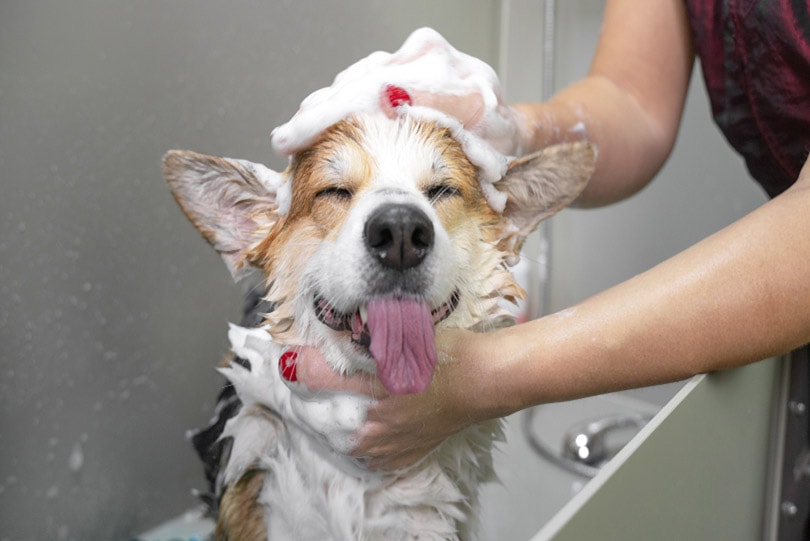
Trimming
Dog nails don’t grow straight; instead, they curve, which makes walking uncomfortable when they grow too long. When overgrown, it can lead to broken toenails and punctured toe pads. So, make nail clipping a part of your routine and do it at least every 2 to 4 weeks. Make sure the blade is sharp and be very gentle. Also, use positive reinforcement and don’t rush it: sometimes, it takes weeks to clip a dog’s nails.
Ears and Teeth
Cleaning the ears of a dog regularly can prevent infections. Cotton balls are safer than Q-tips, but you should talk to your vet to confirm how often to clean your pup’s ears. Dogs with floppy ears generally need more frequent ear inspections and cleaning than those with short ears. Your dog’s teeth should also be brushed two to three times a week. Only use dog-specific brushes and toothpaste.
If you need to speak with a vet but can't get to one, head over to PangoVet. It's our online service where you can talk to a vet online and get the advice you need for your dog — all at an affordable price!


Conclusion
If you’re a dog parent, you know how hard it can be to care for a pet. Training, regular exercises, mental stimulation, and grooming take time and effort. That’s probably why 65% of American households only own one dog. However, if you’re ready to put in the extra work to raise two or three dogs, we salute you!
However, you must ensure your four-legged friends are vaccinated and registered. Next, check the local laws to see what the government has to say about owning multiple dogs. Chances are that the local authorities in your area don’t allow more than three or four dogs in a single household.
Related Reads:
- How Long Can a Dog Bark Legally in the USA? State By State Regulations
- Is It Cruel to Have Only One Dog? Loneliness, Adopting & FAQs
Featured Image Credit: LightField Studios, Shutterstock
